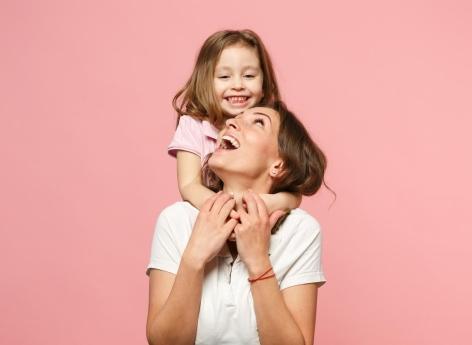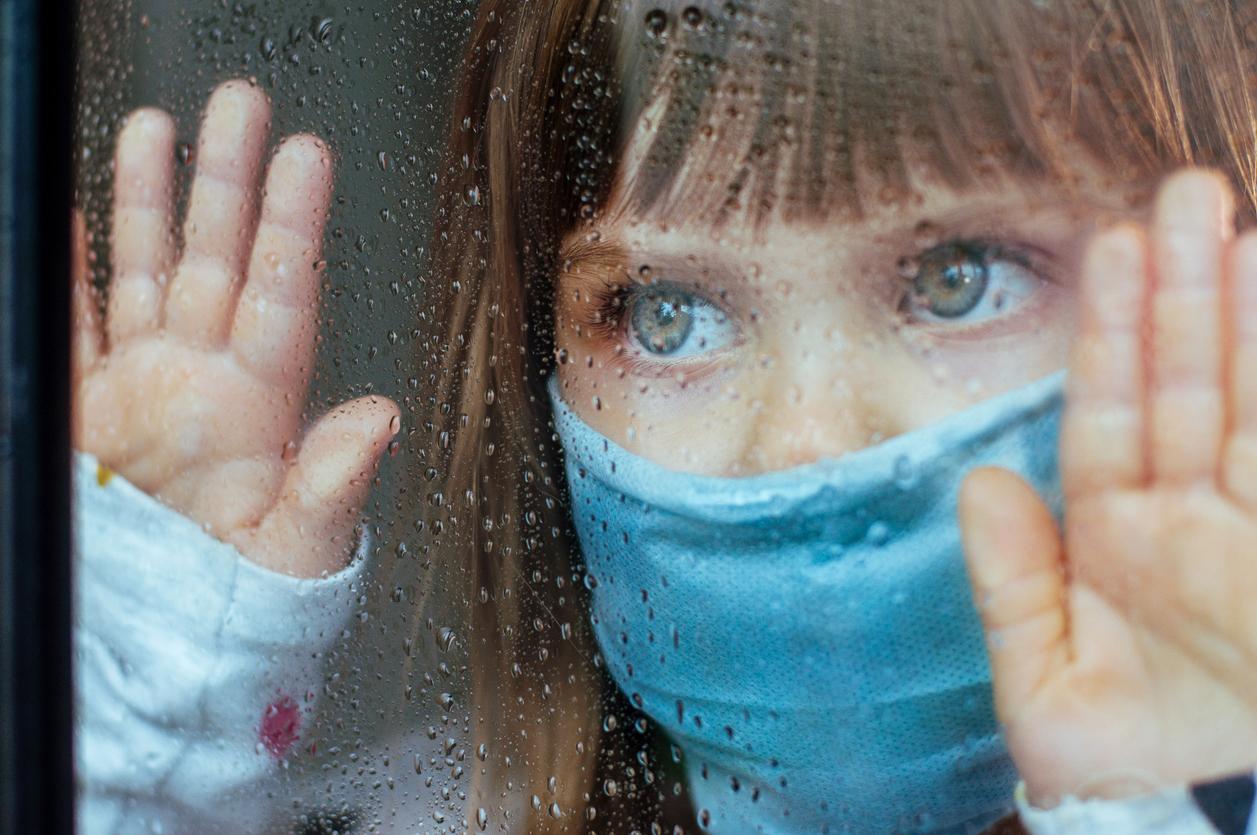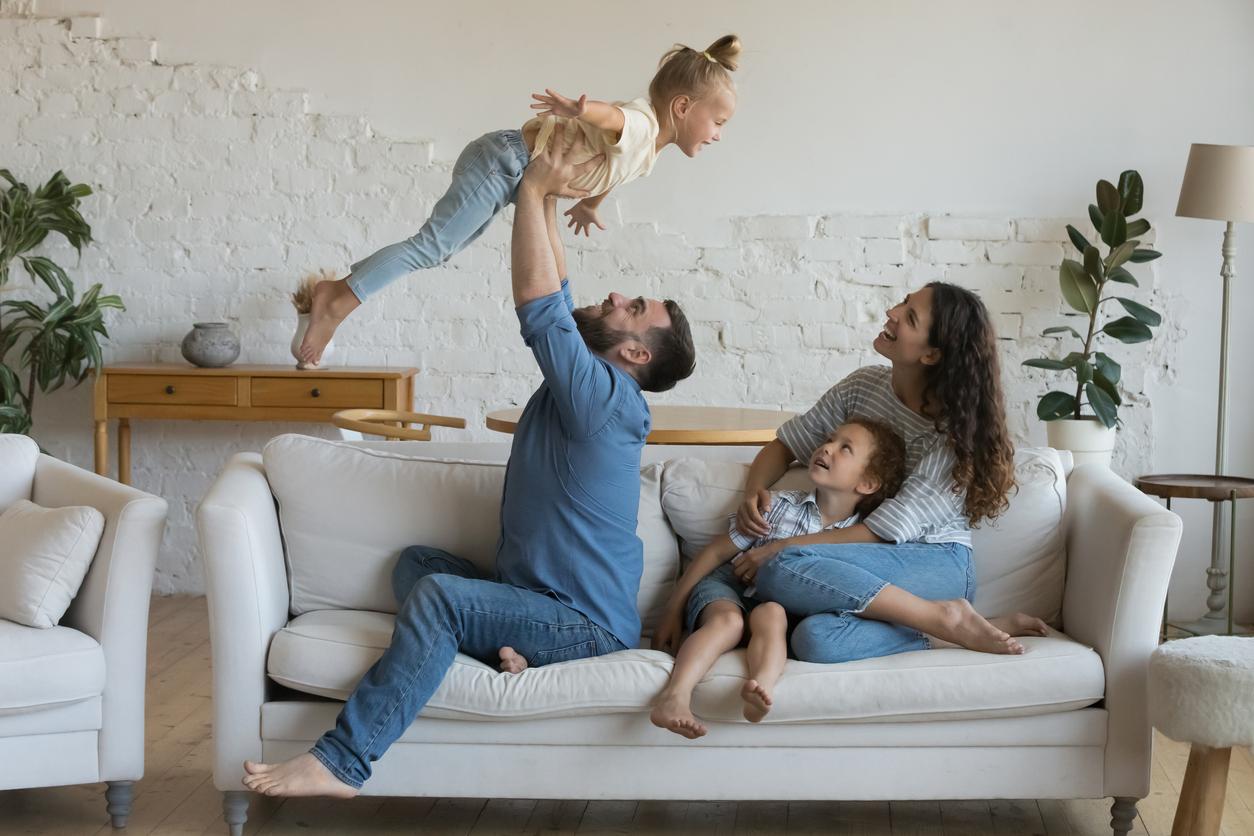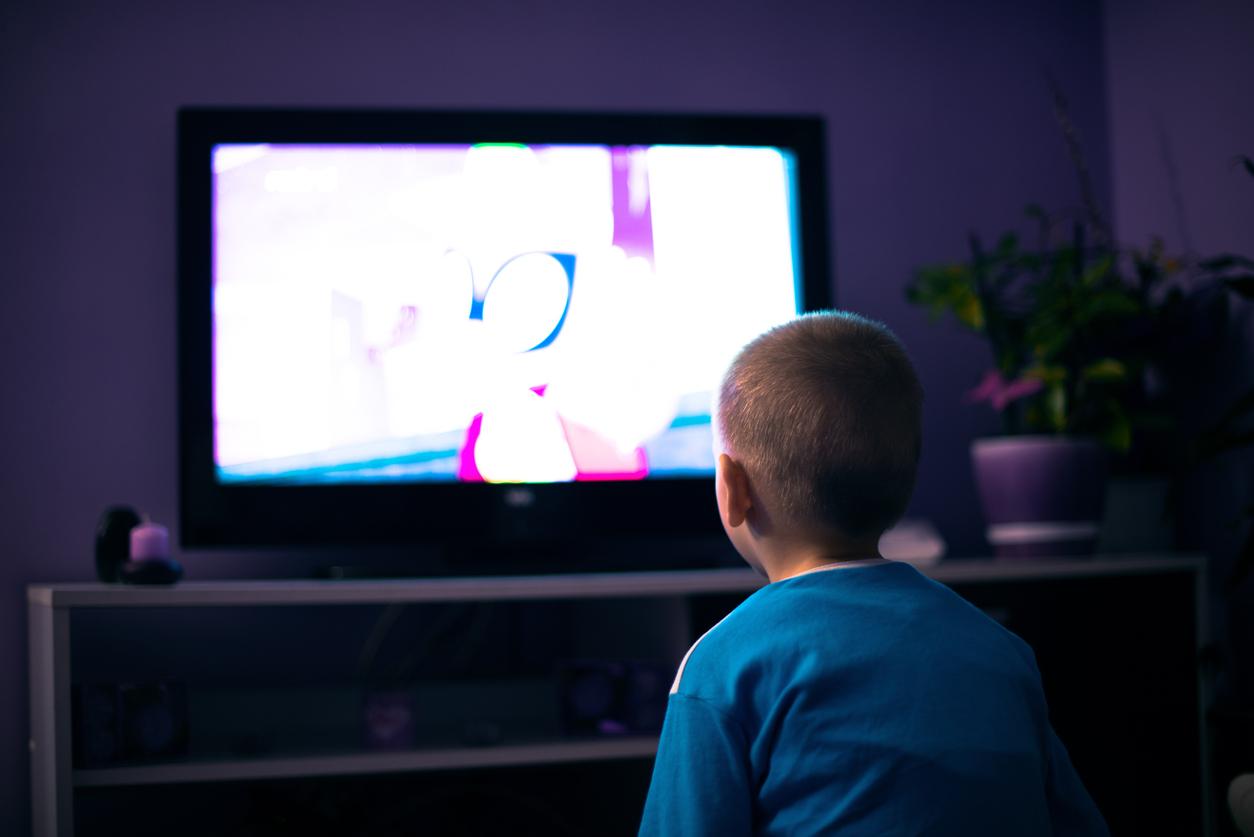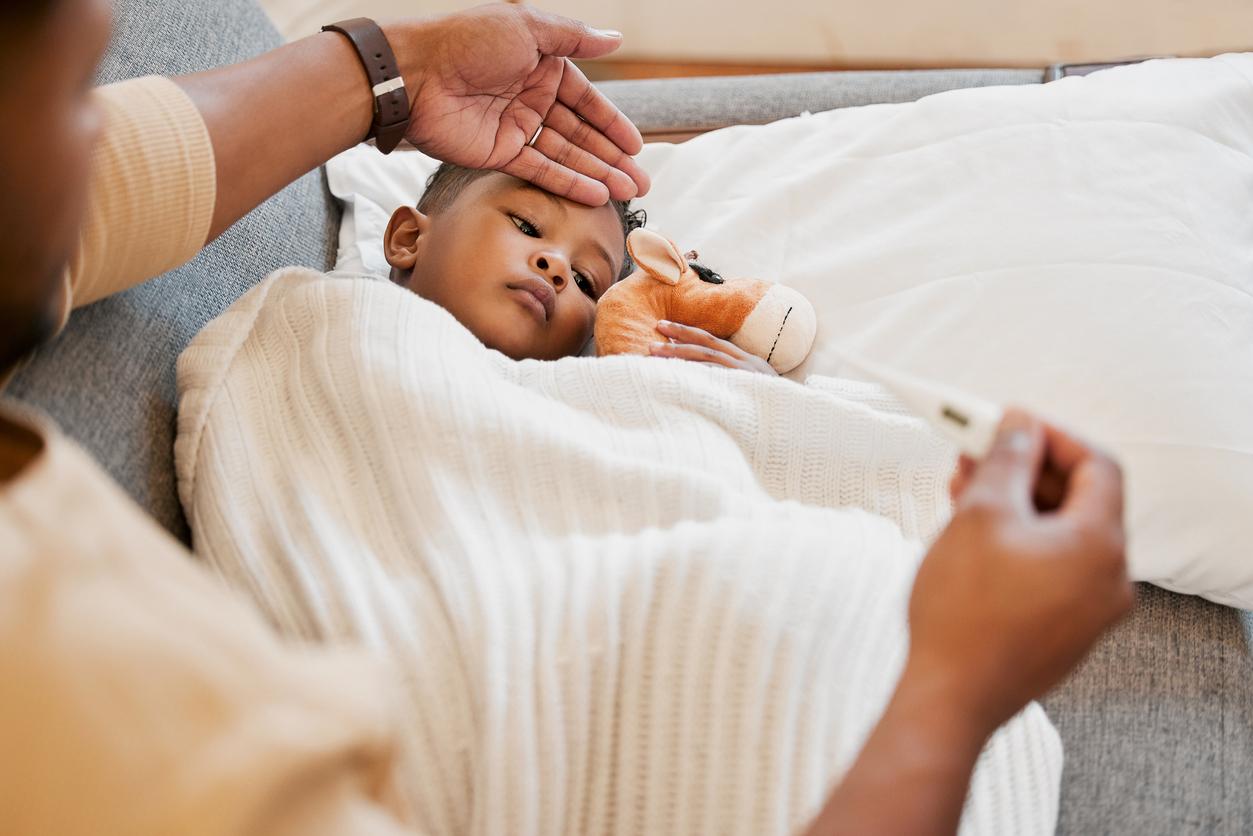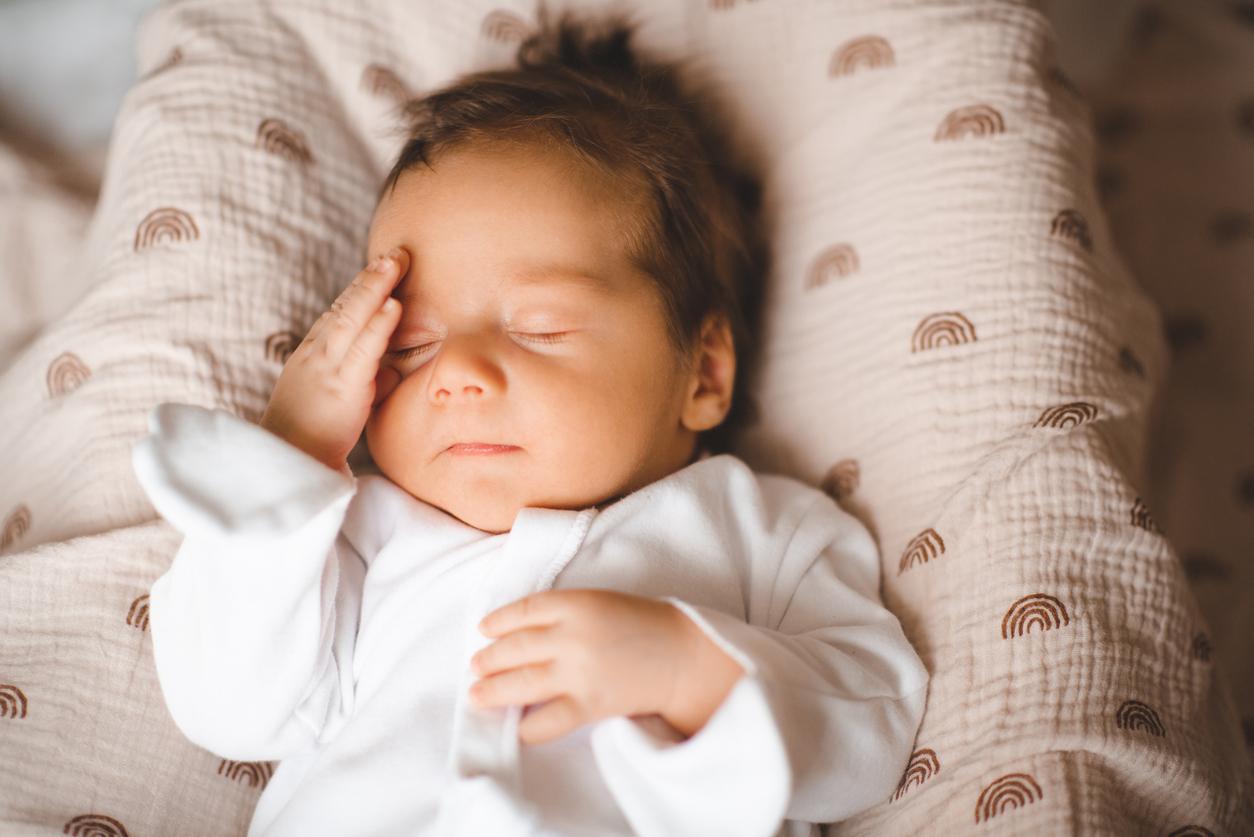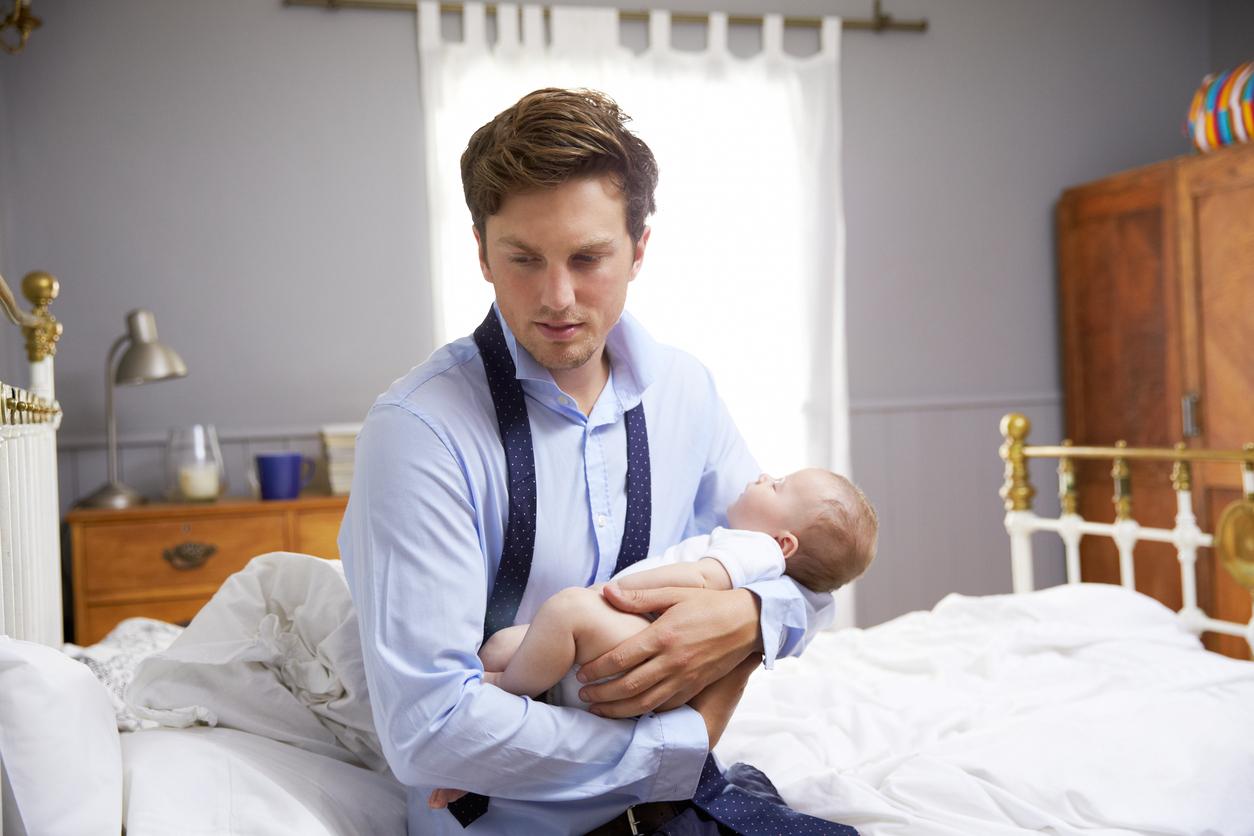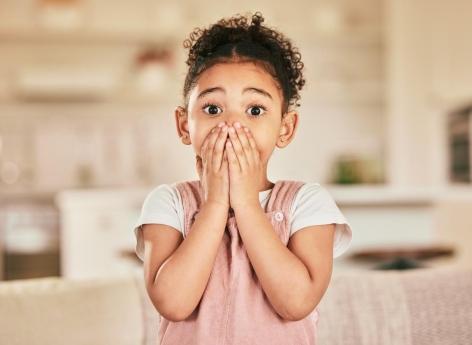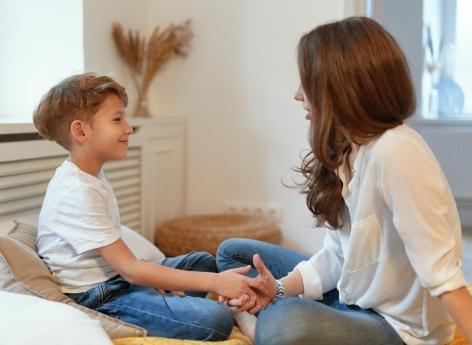Dermatologists explain how to get rid of the lice that often invade schools.
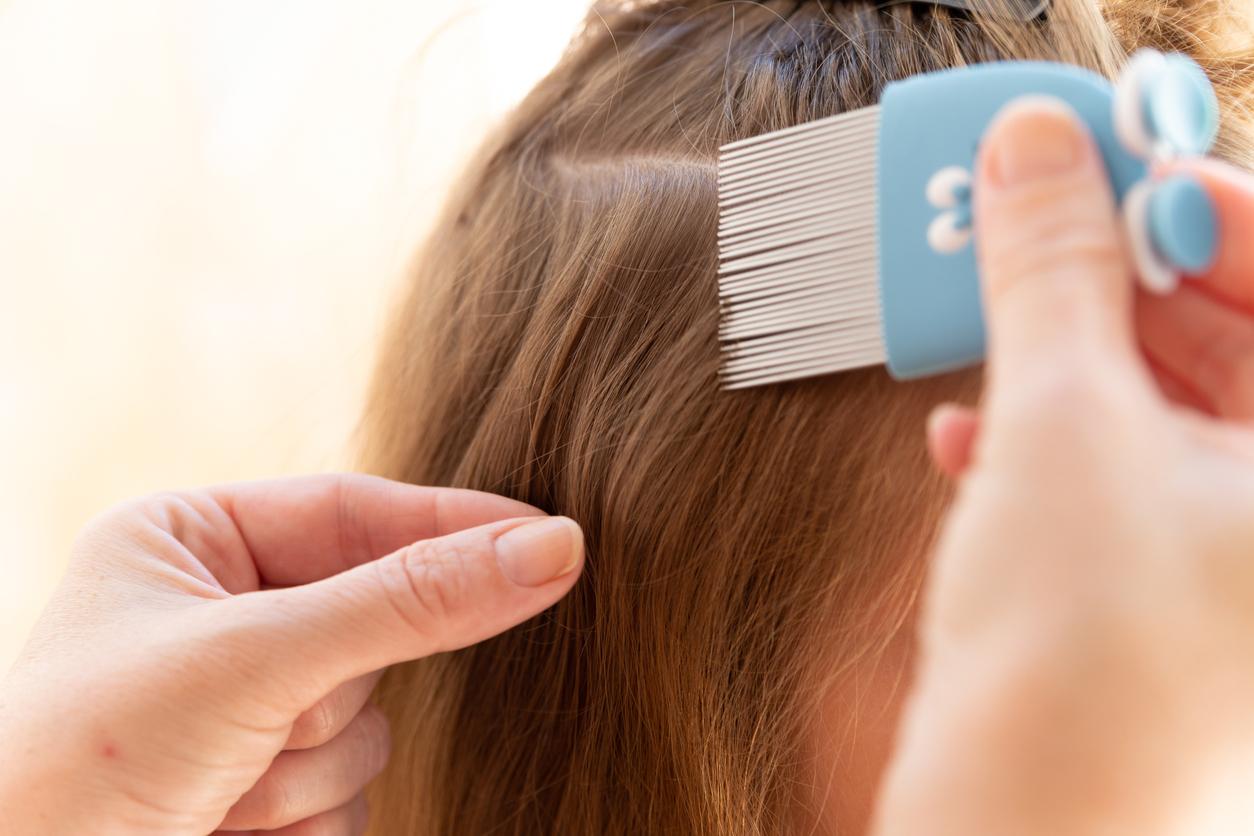
- In Western countries, head lice mainly affect school-aged children between 3 and 8 years old.
- In addition to the significant discomfort caused on a daily basis, louse can cause a bacterial superinfection and an acute reaction such as generalized eczema.
- “Since the 1980s, lice have developed resistance and treatments have become less effective. As a result, it is now recommended to use mechanical treatments such as regular combing of damp hair and manual de-hairing,” explain dermatologists.
While all the little French people went back to school today, the French Society of Dermatology (SFD) tells parents how to get rid of lice, which are often found in classrooms, daycares and canteens.
Lice: how to eliminate them?
“Since the 1980s, lice have developed resistance and treatments have become less effective,” explains the SFD. “Therefore, it is now advisable to use mechanical treatments such as regular combing of damp hair and manual detangling,” she wrote in a press release.
The SFD also recommends “a lotion based on dimethicone, a silicone oil that kills lice by physical and not chemical action. It suffocates them by blocking their excretory ducts.”
“Essential oils can also be effective, but we must not forget that they are contraindicated in children and pregnant women,” continue the specialists. “In the event of an infestation, it will also be necessary to consider disinfecting objects that come into contact with the scalp, either by isolating them for around ten days in a closed bag or by washing them at a temperature of over 50°C”, they add.
“Shampoos, however, have not proven to be effective and should not be used against lice.”they emphasize.
What health problems can lice cause?
Lice are parasites exclusive to humans and only survive a few days outside their host. They cause itching on the head by biting the scalp to feed, as this action causes a local inflammatory reaction.
In addition to the significant discomfort caused on a daily basis, louse can cause a bacterial superinfection and an acute reaction such as generalized eczema.
Lice are transmitted by direct contact between heads. More rarely, human-to-human contamination can be indirect via caps, combs or brushes.
How do you know if your child has lice?
“To diagnose an infestation, we observe lice on the head and more often nits because this animal moves quickly and hides from the light. The louse has an elongated and flattened body, 3 pairs of short legs as well as two antennae”, detail dermatologists.
“In Western countries, head lice mainly affect school-age children between the ages of 3 and 8. Little girls with long hair are more exposed than others. It is estimated that 300 million people worldwide are affected by head lice.”concludes the SFD.








